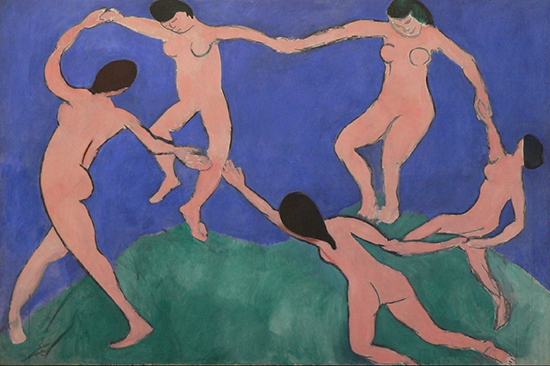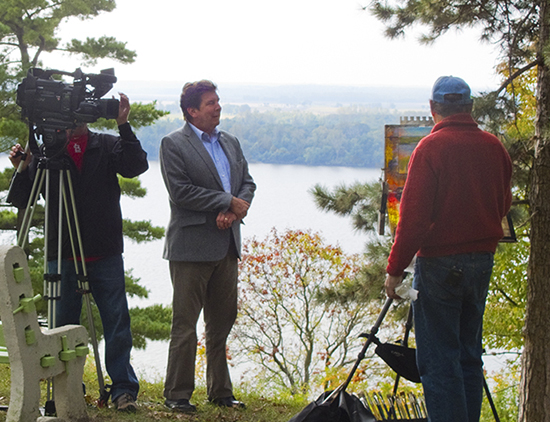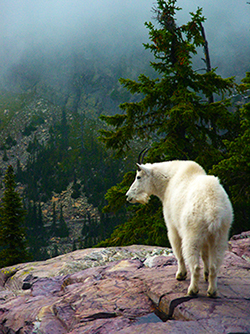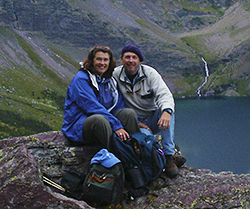Traveling the Artist's Road
Marc Dalessio in Telemark, Norway
View Larger Map
About Telemark
 Telemark County is located in southeastern Norway. Its name comes from the Old Norse word "Þilamǫrk" - "Þilir" is the name of the ethnic group that lived in the area and "mǫrk" means "land" or "forest". The area consists of over 5,000 square miles with a population of a little over 170,643 people.
Telemark County is located in southeastern Norway. Its name comes from the Old Norse word "Þilamǫrk" - "Þilir" is the name of the ethnic group that lived in the area and "mǫrk" means "land" or "forest". The area consists of over 5,000 square miles with a population of a little over 170,643 people.
The seaside villages of Brevik, Kragerø and Langesund attract summer tourists with concerts and festivals. The town of Skien is famous as the birthplace of author Henrik Ibsen and is considered one of Norway's most international cities. Haukeli is a mountain village and a busy winter skiing destination. There are airports in Skien and Notodden and trains from Oslo service the area.
Because of the rocky, mineral rich geology of Telemark county, it has, since the 1500s had mining as a primary industry and remains today one of Norway's main industrial counties. The region is traditionally divided into Upper Telemark and Lower Telemark.

Well known artists from Telemark include painter August Cappelen (1827-1852).
Decaying Forest by August Cappelen
Theodor Kittelsen (1857-1914), illustrator of Norwegian folk tales.
Echo by Theodor Kittelsen
Sculptor Anne Grimsdalen (1899-1961). Grimsdalen's home is open to the public and displays over 250 pieces of her sculpture. Visit the website here.
Sculpture by Anne Grimsdalen
About Marc Dalessio
Marc Dalessio is a world traveler. Born in Los Angeles in 1972, he lived in the Fiji Islands from the ages of 6 to 10, where his father was a regional director of the Peace Corps. He credits the beauty of Fiji and of his native California as the inspiration for his great love of the natural world. He lived in Florence, Italy for twenty years and currently lives in Zagreb, Croatia.
Every winter he travels with a group of like-minded plein air painters to warmer climates to keep working outside. Past destinations have included Kenya, India, Greece and Albania, the Caribbean, Morocco and Myanmar.
In this article, Marc shares his sketches and his thoughts on painting in this beautiful landscape of southeastern Norway.
Telemark Sketches by Marc Dalessio
These are some of my plein air sketches from Telemark, Norway.
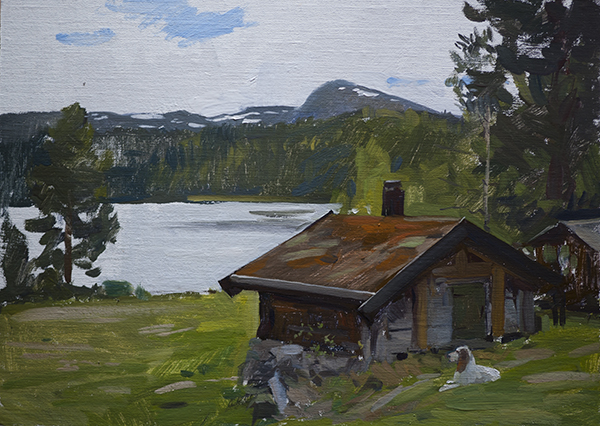
Mikki at the Cabin. 25 x 35 cm, oil on panel
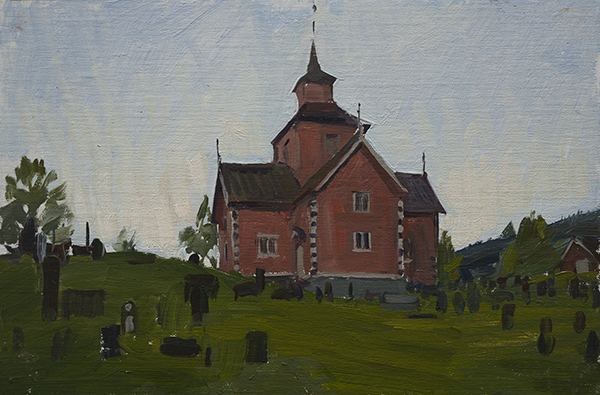
The Church at Vinje. 20 x 30 cm, oil on panel
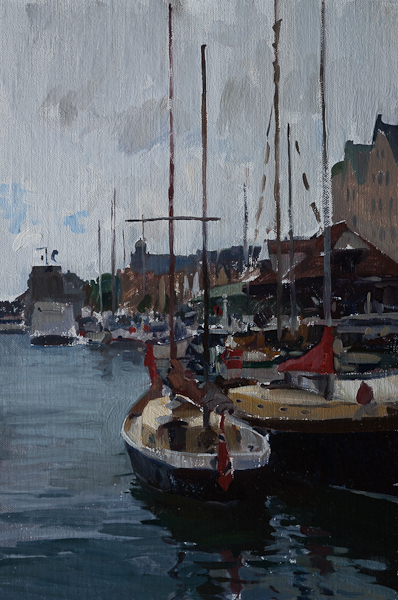
Sailboats, Bergen. 30 x 20 cm, oil on linen
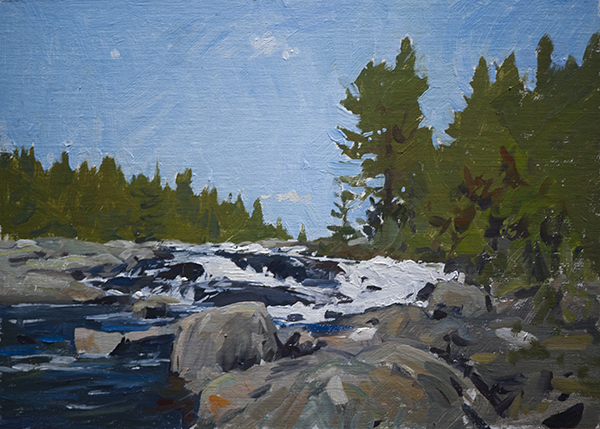
River Scene, Telemark. 25 x 35 cm, oil on linen
I’ll admit I struggled a bit with the landscapes this trip. I’ve discussed before the technical problems of using sight-size for big views on small panels, but the problem here is also that the big Norwegian vistas don’t translate well on a small format to begin with.
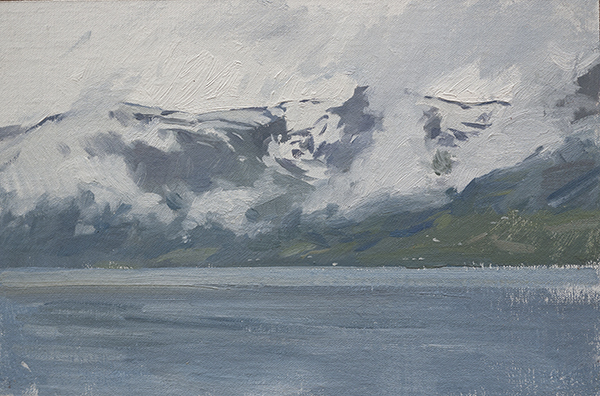
Hardanger Sketch #1. 20 x 30 cm, oil on linen
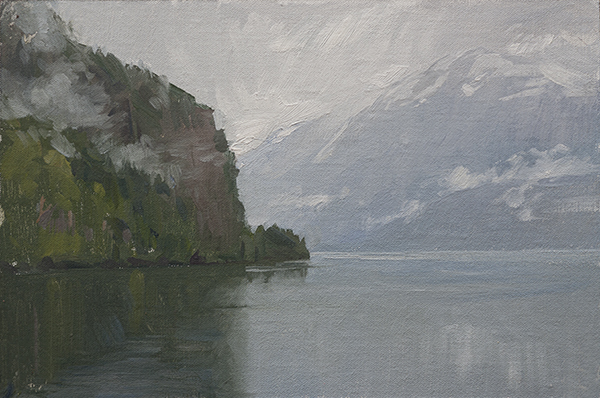
Hardanger Sketch #2. 20 x 30 cm, oil on linen.
Also, during the few days I was there, I drove a lot. Twice I spent six hours straight driving, then walking, then driving, while scouting for views. I say this a lot, but going somewhere to paint with too many painting choices can be worse that painting in a location where you have to squeeze the paintings out of meager subject matter. It is so stunningly picturesque in western and central Norway that I would find a view, then think “there might be something better just up the road”, then drive on. The problem I had in Norway is that I did always find something better up the road, so I would keep driving.
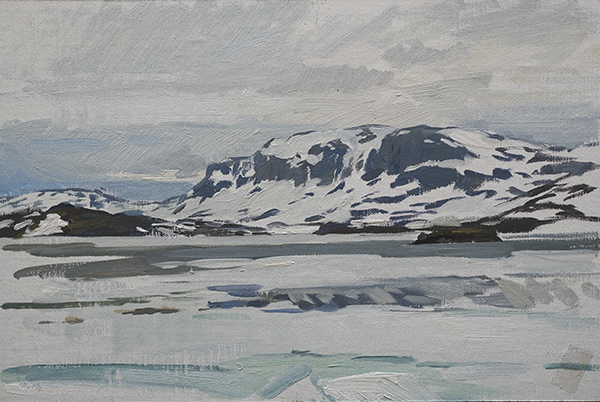
Melting Snow and Ice, Telemark. 20 x 30 cm, oil on panel
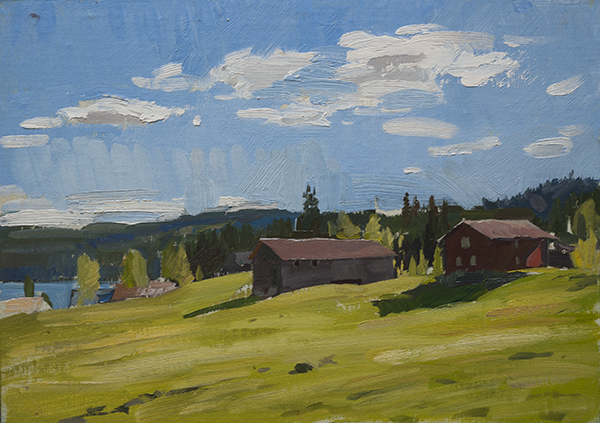
Farm at Nyland. 25 x 35 cm, oil on linen
There is also the ‘dolphins jumping at sunset’ problem. Some views are too pretty to render well in paint. The Norwegian mountains in June have stunning snow covered peaks, beautiful blue fjords, cute-as-a-button barns and old wooden houses, the tail end of the fruit trees in blossom, clear blue skies with white puffy clouds, and lambs, lambs everywhere. The English call them ‘chocolate box paintings’, as the views would look like the paintings done to decorate the ubiquitous Swiss chocolate boxes.
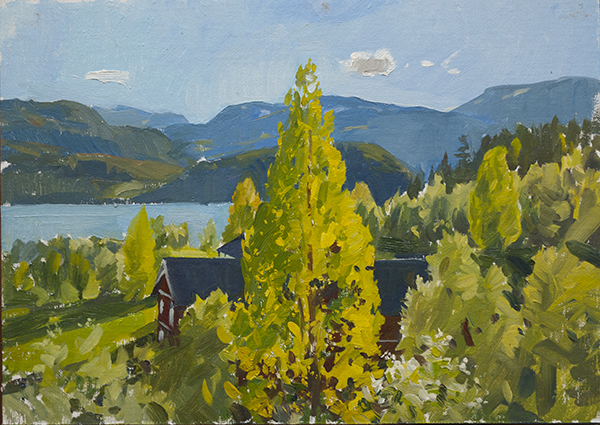
Farm at Vinje, Backlit. 25 x 35 cm, oil on linen
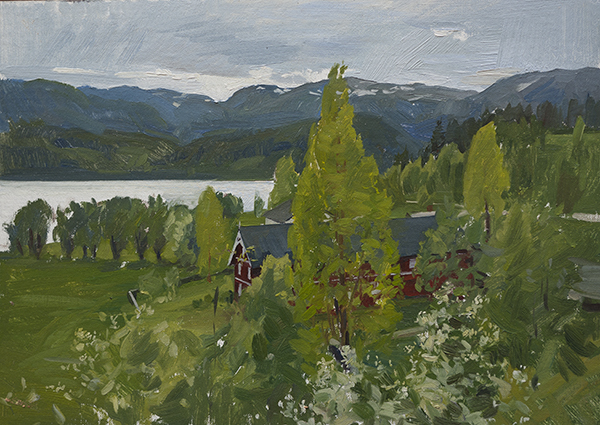
Farm at Vinje, Overcast. 25 x 35 cm, oil on linen
It got me wondering though, why does such beauty not work in paintings? It should be something desirable, people fly and drive long distances to see these views. Also, ostensibly there is some genetic desire in people to feel pleasure looking at good weather, good land, fertile trees, and delicious little animals. They’ve done studies which show that, in fact, people do have this genetic disposition towards landscapes very similar to these. Yet putting it all in would make the work saccharine. They say advertising has made people distrust beauty. I was wondering if the first Swiss chocolate companies to put these landscapes on their boxes found them too sweet (and maybe that was the point). Why is too much beauty a problem in art? Is it because of the excess? As the Greeks said, ‘all things in moderation’. Is it because one aspect of the work of the poet should be to show people beauty where they wouldn’t normally see it? Is painting the beauty of Norwegian mountain scenes in June just too easy?
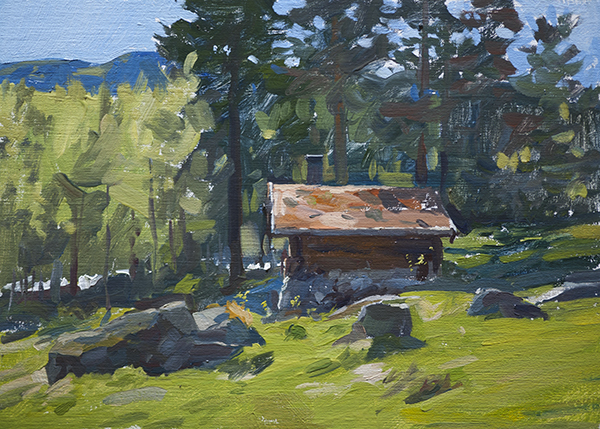
Cabin, Telemark. 25 x 35 cm, oil on linen
The mechanics of working in situations where one is overcome by the beauty of the location is interesting. I have always agreed with Friedrich Nietzsche that the greatest art is a merger of Dionysian and Apollonian elements. Strong emotion directed and controlled by logic and reason. Harold Speed expressed it better for painters when he wrote “how can the draughtsman, who does not know how to draw accurately the cold, commonplace view of an object, hope to give expression to the subtle differences presented by the same thing seen under the excitement of strong feeling?” Painting in a place as stunningly beautiful as the mountains of Norway in June requires a great deal of control, patience, and thought. More than I feel I came up with on this trip. I hope to go back next year with more time and bigger canvases.
To view more of Marc's work and read more about his travels, visit his website/blog at: MarcDalessio.com.
Article and images copyright Marc Dalessio
and reprinted here with permission.
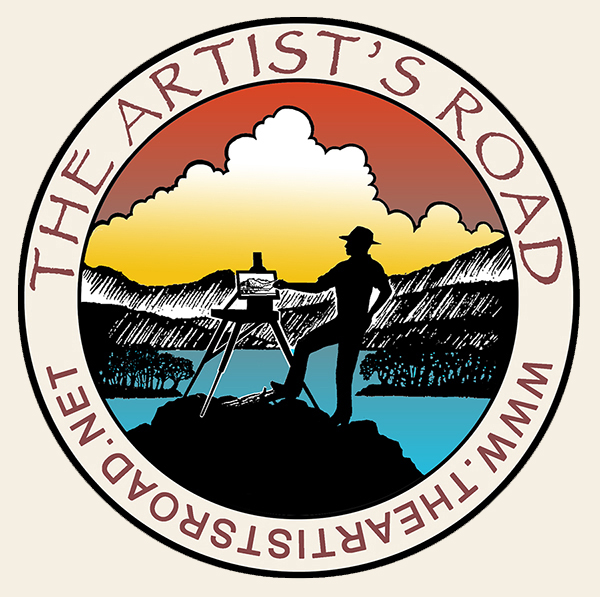
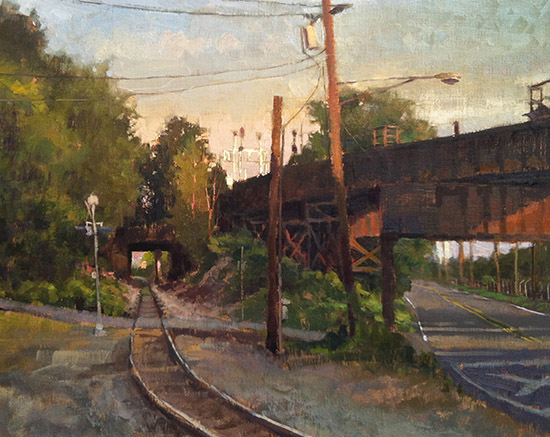 Voices of Experience:Jason Sacran
Voices of Experience:Jason Sacran Voices of Experience:Christine Code
Voices of Experience:Christine Code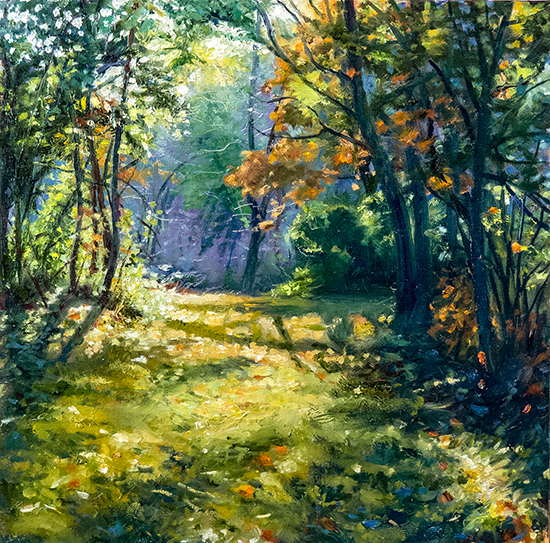
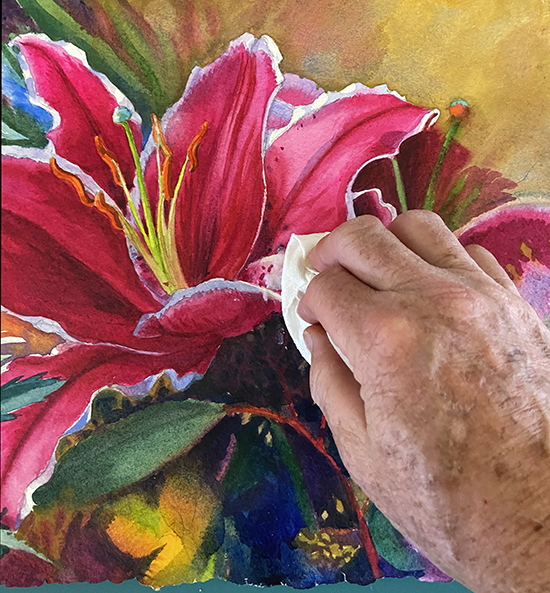 ing Watercolors
ing Watercolors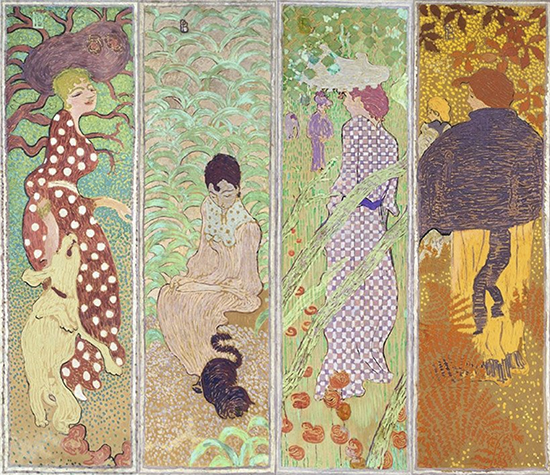
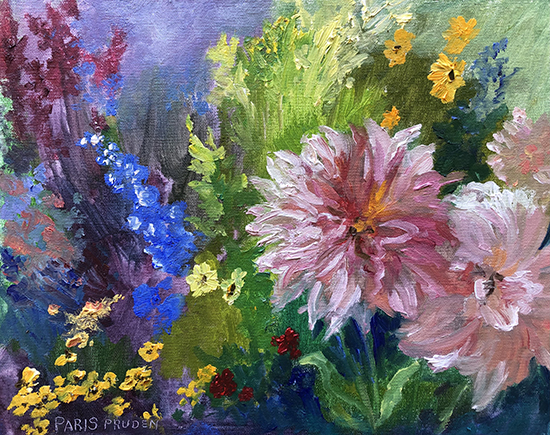
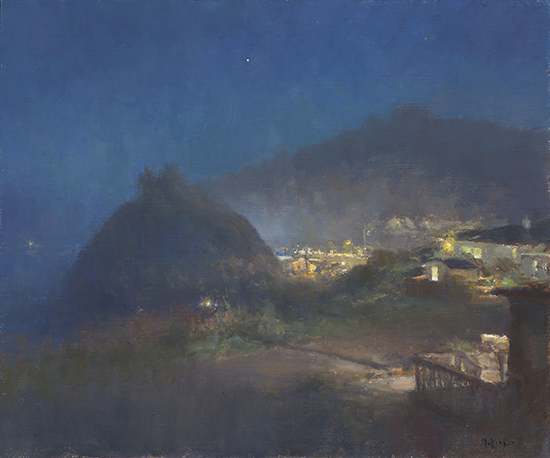
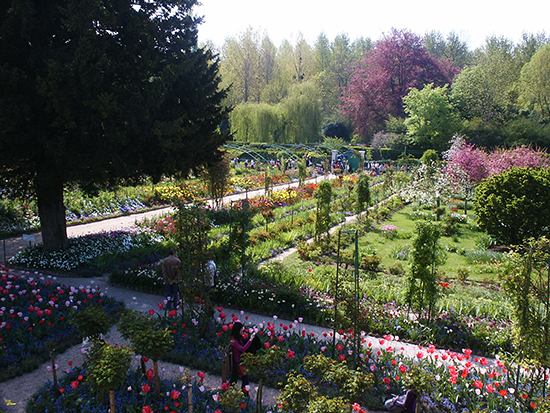 Inspiration in Monet's Gardens
Inspiration in Monet's Gardens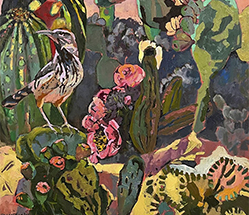
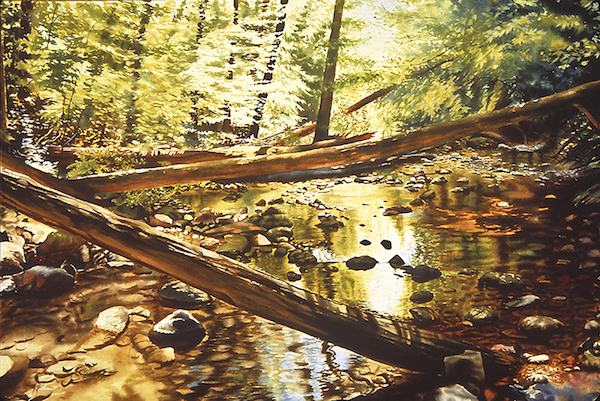 The Watercolor Medium
The Watercolor Medium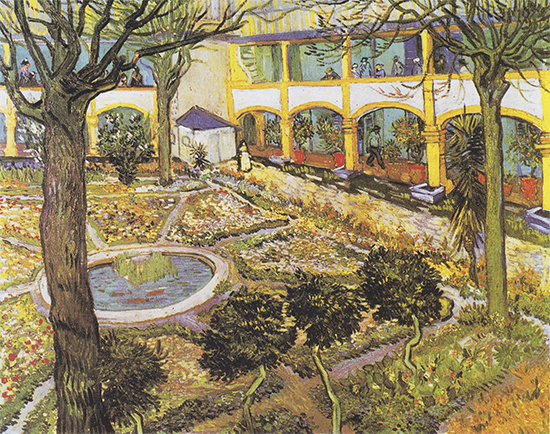 Paintings & Their Places
Paintings & Their Places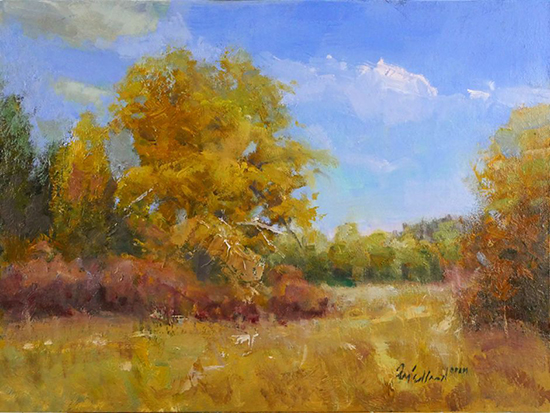
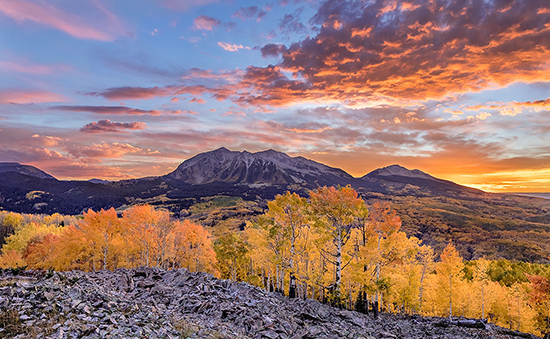 Essential Photo Tools for the Landscape Artist
Essential Photo Tools for the Landscape Artist